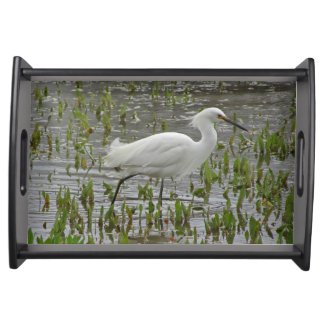I am fortunate enough to live in an area that not only has plenty of parks and hiking trails but also a large riparian preserve within a short drive from home. The Riparian Preserve at Water Ranch in Gilbert, Arizona is one of my favorite places to spend a morning or afternoon wandering the trails and discovering new friends. I try to avoid the busy weekends when the small lot and adjoining library lot tend to overflow with people descending on the preserve for an enjoyable afternoon. During the week and early morning are the least crowded and times during which the animals tend to be most active and not hiding.
There is a multitude of animals that can be found in this area. Living in Arizona, I am accustomed to the more unusual animal sightings on my wanderings. Tarantulas, Gila monsters, and rattlesnakes can all be found on the hiking trails that surround the city though I have never come across any of these at the Riparian Preserve. That doesn't mean they are not there but I just have not seen them. It is rumored that one or two coyotes live around the preserve but again I have not seen them. I should note however that there are plenty of coyote sightings in surrounding neighborhoods so I don't doubt they are there somewhere. I have only seen one snake in all my adventures at the preserve and it was a very small water snake and certainly not a rattlesnake. So what are the more common sights at the preserve?
Birds
During the winter, birds descend on the preserve to populate the many ponds and waterways. After many years, I still discover birds that are new to me. This beauty is one that I came across last week and I am still working to identify so if you have an idea, drop me a note. Ducks can be seen year-round with more varieties of ducks arriving throughout the fall and winter. Geese, hummingbirds, and a large variety of wading birds are in full force in January and February. Year-round you can spot quail, grackles, sparrows, ducks, and a share of woodpeckers.
Bunnies can be found year-round either exploring the paths or hiding in the brush. There is plenty for the bunnies to eat and a multitude of places that they can hide which allows them to flourish at the preserve. Early mornings are some of the best times to see them as they tend to seek out the sunshine in the winter months to warm up in the morning chill and during the hotter times of the year, they are active during the cooler mornings and will rather seek deep shade during the hottest parts of the day.
During the winter, birds descend on the preserve to populate the many ponds and waterways. After many years, I still discover birds that are new to me. This beauty is one that I came across last week and I am still working to identify so if you have an idea, drop me a note. Ducks can be seen year-round with more varieties of ducks arriving throughout the fall and winter. Geese, hummingbirds, and a large variety of wading birds are in full force in January and February. Year-round you can spot quail, grackles, sparrows, ducks, and a share of woodpeckers.
Bunnies
Bunnies can be found year-round either exploring the paths or hiding in the brush. There is plenty for the bunnies to eat and a multitude of places that they can hide which allows them to flourish at the preserve. Early mornings are some of the best times to see them as they tend to seek out the sunshine in the winter months to warm up in the morning chill and during the hotter times of the year, they are active during the cooler mornings and will rather seek deep shade during the hottest parts of the day.
Wandering the preserve is exciting to me not only for the journey into nature it allows me so close to home but also for the thrill of seeing an animal that is unexpected or even better one I have never seen before. I have been fortunate enough to see a Mexican gray squirrel sheltered on a tree branch high above my bench, cats relaxing in the morning sun, and tadpoles swimming in the water. Like many who love nature, the slower pace and calmness found in nature is a much-needed dose of peace in a day.





Comments